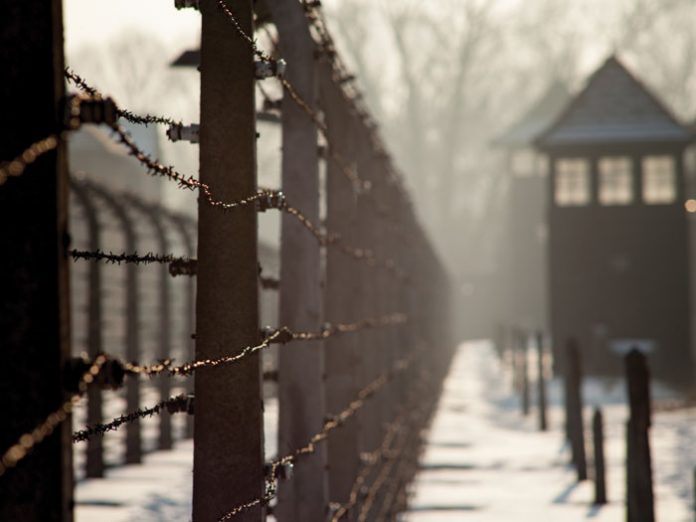You’ve heard it a hundred times, and you’re about to hear it again: Adolf Hitler didn’t really die in the bunker, but survived and traveled covertly to South America where he lived out his life with Eva Braun at his side.
The story has long been a favorite of conspiracy enthusiasts, with a variety of supposed proofs being offered, each of which seems born of some sort of agenda and is invariably followed by other evidence—usually just as compelling—debunking it.
So, what’s the truth?
Author Luke Daly-Groves believes he knows, and makes his case in his recently published book, Hitler’s Death: The Case Against Conspiracy.
Not long ago, Daly-Groves tells Ami, an interview on Britain’s Sky News TV caught his attention. A man named Gerrard Williams, who had written a book titled Grey Wolf, was asserting that Hitler had escaped to South America after the collapse of the Third Reich.
Daly-Groves, a history PhD candidate at the UK’s University of Leeds, heard Williams insist that Hitler escaped to Argentina via submarine shortly after April 1945 and lived there until the age of 73 as the husband of Eva Braun and the father of two daughters.
As for the historians who have accepted the official version of events in the Führerbunker—that Hitler shot himself in the head and Eva Braun had taken cyanide—Williams thought them dupes of a cynical disinformation campaign engineered by British and American intelligence agencies.
“I came away with more questions than answers,” Daly-Groves says about his reason for writing Hitler’s Death, published earlier this year in the UK. Had Williams and his coauthor really uncovered declassified documents in US and UK intelligence files that proved not only Hitler’s survival, but American and British complicity in his escape?
Daly-Groves’ investigation began by reading all the books he could find about Hitler’s last days, including memoirs of intelligence officers, eyewitness accounts from the bunker, Soviet files and an array of materials claiming Hitler had been sighted in Spain, Egypt, and even Charlottesville, Virginia. “I approached the task with an open mind, being prepared to investigate wherever the evidence led me and report my findings according to what the evidence suggested.”
The plots he stumbled upon were more often the stuff of a low-budget film than hard, evidence-based research.
One popular conspiracy theory sets forth that Hitler’s henchmen murdered and burnt the bodies of two body-doubles, paving the way for Hitler and Braun to escape undetected from Berlin to South America.
In the course of his research, Daly-Groves discovered that American and British intelligence agents began their investigations immediately after the Soviet Union’s strategic offensive assault on Berlin in April 1945. One of these investigators was Hugh Trevor-Roper, a British historian and agent who interviewed eyewitnesses and examined primary documents.
In The Last Days of Hitler, Trevor-Roper quoted Hitler’s dictated will: “My wife and I choose to die in order to escape the shame of overthrow or capitulation. It is our wish that our bodies be burnt immediately in the place where I have performed the greater part of my daily work.”





















